
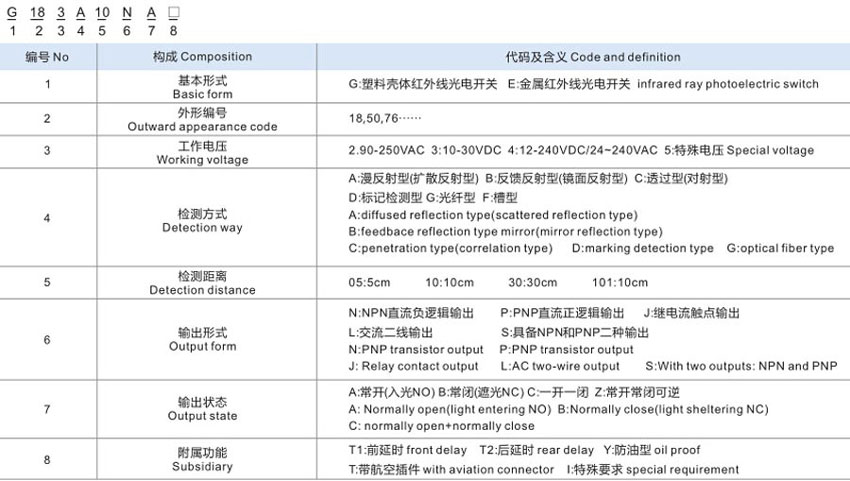
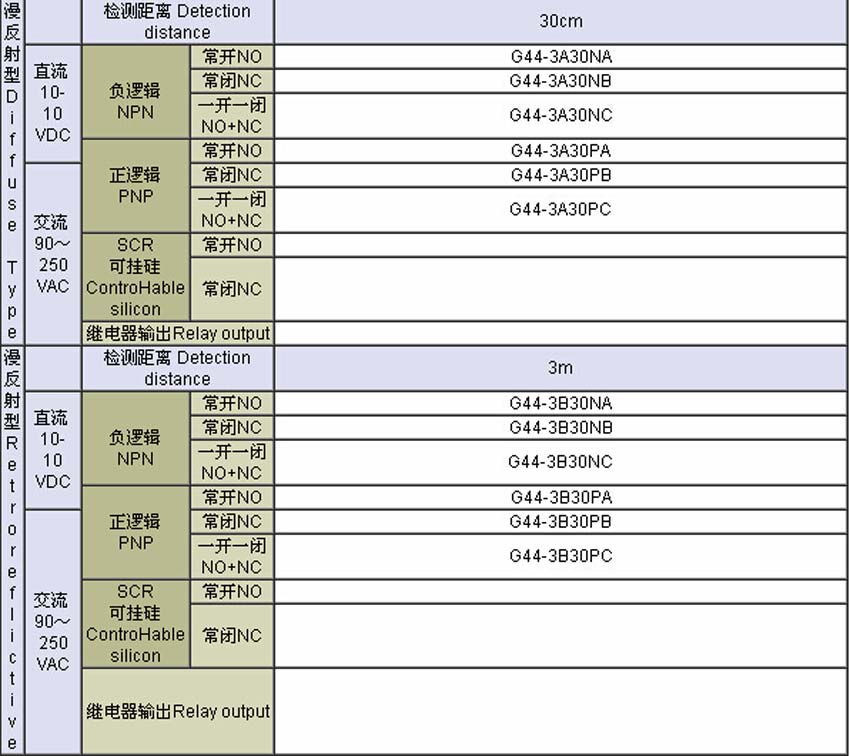
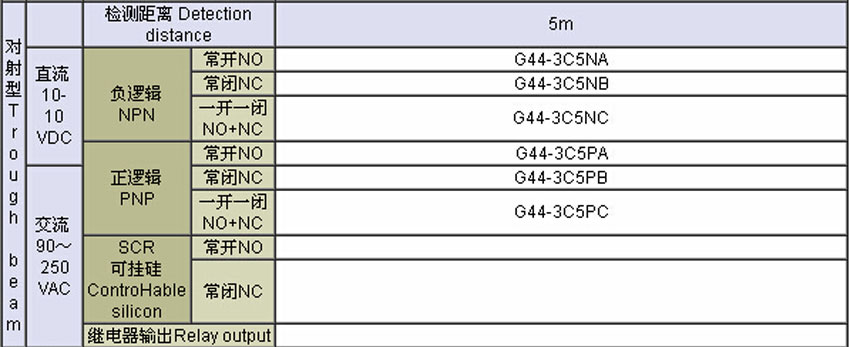
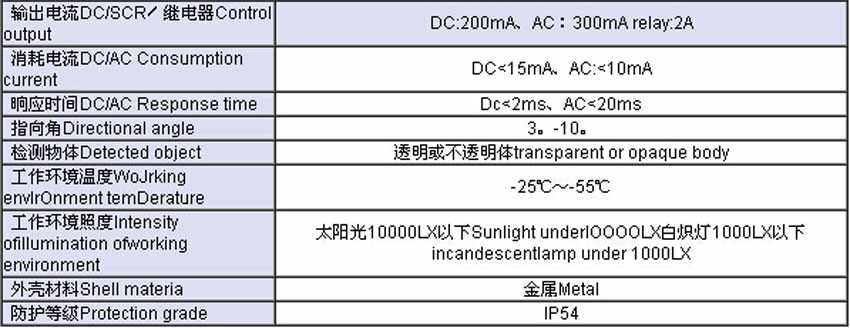
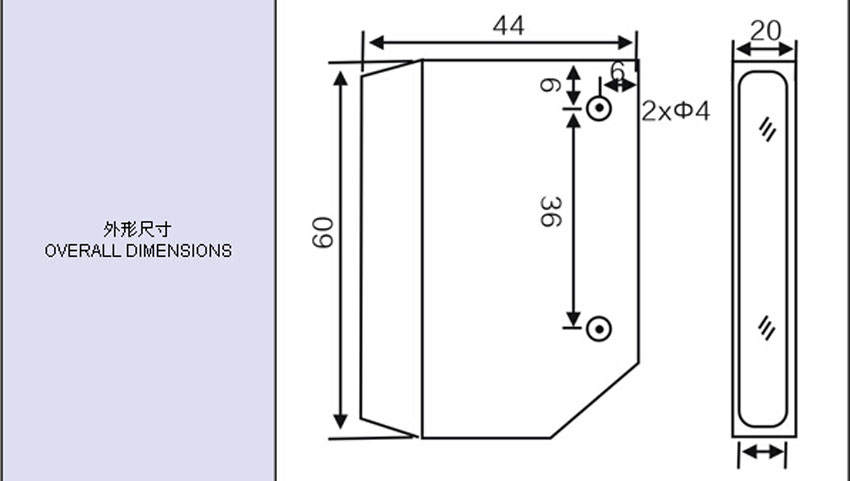
|
Principle of photoelectric switch The working principle of the photoelectric switch is that when the beam |
|
|
Description |
|
|
Throuht-beam type Through-beam bype photoelectric switch is designed that via the light |
|
|
Diffuse type Diffuse reflection type photoelectric switch integrates the transmitter |
|
|
Retroreflective type Retroreflective type photoelectric switch also integrates the transmitter |
|
|
Convergence reflection type (condensation type) The working principle of convergence reflection type photoswitch is |
|
GET A QUOTE